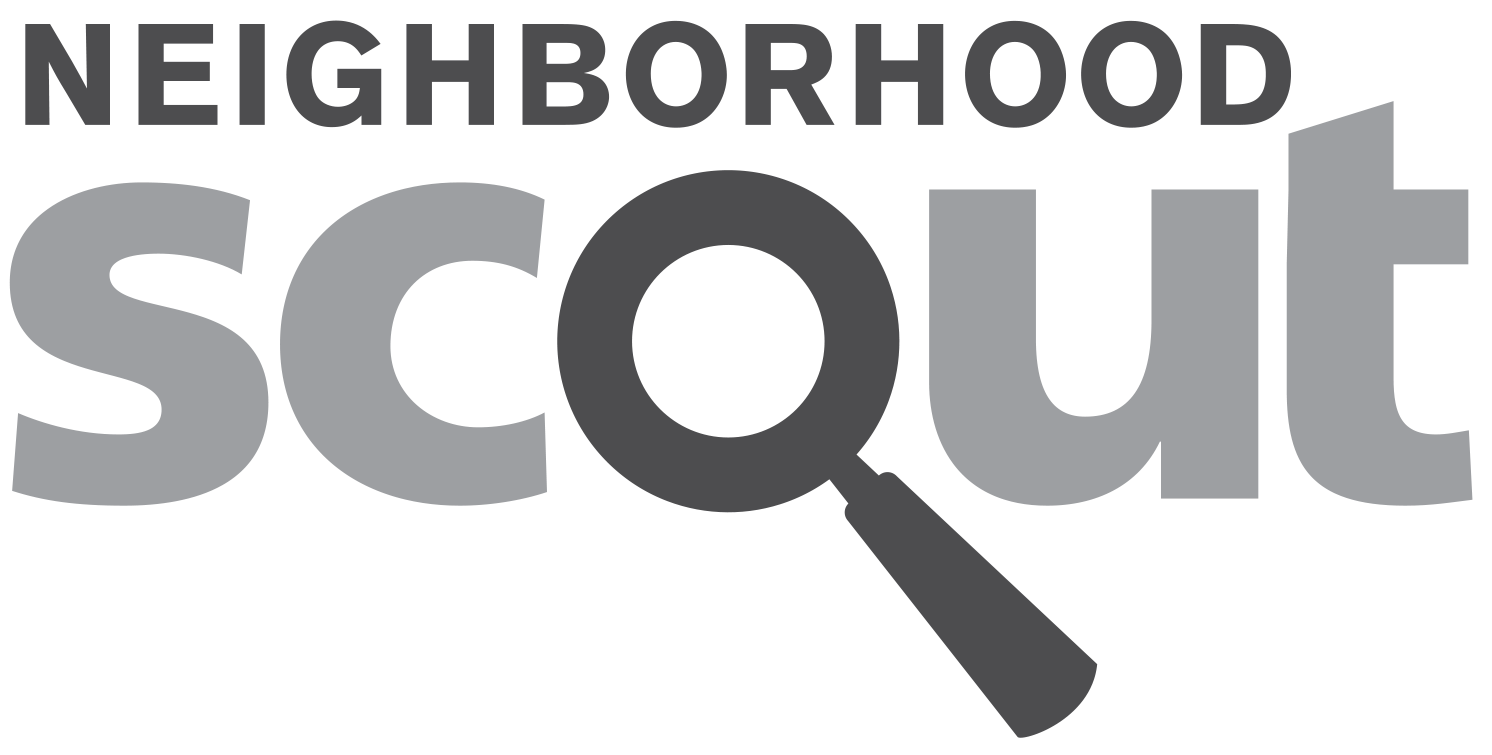Empire is a tiny coastal town (i.e. on the ocean, a bay, or inlet) located in the state of Louisiana. With a population of 905 people and just one neighborhood, Empire is the 241st largest community in Louisiana. Much of the housing stock in Empire was built relatively recently. The construction of new real estate can often be taken as an indication that the local Empire economy is robust, and that jobs or other amenities are attracting an influx of new residents. This seems to be the case in Empire, where the median household income is $45,018.00.
When you are in Empire, you'll notice that it is more blue-collar than most other communities in America. 56.92% of Empire’s employed work in blue-collar jobs, while America averages only 27.7% that do. Overall, Empire is a town of transportation and shipping workers, construction workers and builders, and professionals. There are especially a lot of people living in Empire who work in healthcare (10.20%), sales jobs (7.71%), and law enforcement and fire fighting (7.71%).
Residents will find that the town is relatively quiet. This is because it is not over-populated, and it has fewer college students, renters, and young children - all of whom can be noisy at times. So, if you're looking for a relatively peaceful place to live, Empire is worth considering.
Empire is also nautical, which means that parts of it are somewhat historic and touch the ocean or tidal bodies of water, such as inlets and bays. Quite often, nautical areas such as these attract visitors and locals who come to enjoy the scenery and various waterfront activities.
Being a small town, Empire does not have a public transit system used by locals to get to and from work.
In Empire, just 8.68% of people over 25 hold a college degree, which is very low compared to the rest of the nation, whereas the average among all cities is 21.84%.
The per capita income in Empire in 2022 was $20,803, which is lower middle income relative to Louisiana, and low income relative to the rest of the US. This equates to an annual income of $83,212 for a family of four. However, Empire contains both very wealthy and poor people as well.
Empire is an extremely ethnically-diverse town. The people who call Empire home describe themselves as belonging to a variety of racial and ethnic groups. The greatest number of Empire residents report their race to be Black or African-American, followed by White. Important ancestries of people in Empire include French, German, Italian, Irish, and Yugoslavian.
The most common language spoken in Empire is English. Other important languages spoken here include Vietnamese and Other Asian languages.
The way a neighborhood looks and feels when you walk or drive around it, from its setting, its buildings, and its flavor, can make all the difference. This neighborhood has some really cool things about the way it looks and feels as revealed by NeighborhoodScout's exclusive research. This might include anything from the housing stock to the types of households living here to how people get around.
Unpopulated, and rural, the neighborhood is one of the least crowded neighborhoods in all of America. If you like open space, no traffic, and lots of room, this neighborhood may be just what you are looking for. According to NeighborhoodScout's leading research, this neighborhood is less densely populated than 95.2% of the neighborhoods in America. is a neighborhood that is on the ocean, a bay, or inlet. Many times, such places have amenities that bring locals and visitors to the waterfront for recreational activities or to check out the scenery. In some densely populated areas that are less financially well-off, the neighborhood waterfront can be relatively industrial and less open to recreation. In addition to being coastal, is a very nautical neighborhood, meaning that it is somewhat historic, walkable, densely populated and on the water. This gives the neighborhood a very nautical feel, with some seaside and shipping feel, which some may really enjoy the sights and sounds of.
In addition, the neighborhood stands out for having the majority of its residential real estate made up of mobile homes. In fact, 83.0% of the occupied real estate here are mobile homes, which is a greater proportion than is found in 99.9% of the neighborhoods in the U.S. If you like mobile homes, this might be a great neighborhood in which to look for real estate.
Furthermore, homes built from 2000 through today make up a higher proportion of the neighborhood's real estate landscape than 97.9% of the neighborhoods in America. When you are driving around this neighborhood, you'll notice right away that it is one of the newest built of any, with the smell of fresh paint, and the look of young landscaping nearly everywhere you look. In fact, 84.2% of the residential real estate here is classified as newer. In fact, the concentration of newer homes here is so great that they completely dominate the landscape. In most neighborhoods, there is a mixture of ages of residential real estate, but here it is almost completely built during one time frame: 2000 through today.
More people work in manufacturing and as laborers here in the neighborhood than in 99.2% of the neighborhoods in America. Despite the loss of manufacturing jobs across the nation, this neighborhood remains a place where, compared to other parts of the country, you will find many laborers and manufacturers.
Furthermore, each year, fewer and fewer Americans make their living as farmers, foresters, or fishers. But the neighborhood truly stands out among U.S. neighborhoods. According to exclusive NeighborhoodScout analysis, this neighborhood has a greater proportion of farmers, foresters, or fishers than 96.8% of all American neighborhoods. This is truly a unique cultural characteristic of this neighborhood.
In addition, the neighborhood has a greater proportion of government workers living in it than 96.4% of the neighborhoods in America, according to NeighborhoodScout's exclusive analysis. This is a unique feature of this neighborhood, and one that shapes its character.
Single parenting is hard. But you don't have to tell the neighborhood about it; they already know. 20.1% of this neighborhood's households are run by single mothers, which is a higher concentration than NeighborhoodScout found in 97.1% of American neighborhoods. Further NeighborhoodScout research showed strong statistical correlations among high rates of children living in single parent households, and neighborhood crime, particularly violent crime, neighborhood poverty, and, importantly, the percentage of low weight births and rates of infant mortality.
Did you know that the neighborhood has more French and Yugoslav ancestry people living in it than nearly any neighborhood in America? It's true! In fact, 26.6% of this neighborhood's residents have French ancestry and 2.4% have Yugoslav ancestry.
is also pretty special linguistically. Significantly, 11.0% of its residents five years old and above primarily speak Vietnamese at home. While this may seem like a small percentage, it is higher than 99.5% of the neighborhoods in America.
The freedom of moving to new places versus the comfort of home. How much and how often people move not only can create diverse and worldly neighborhoods, but simultaneously it can produce a loss of intimacy with one's surroundings and a lack of connectedness to one's neighbors. NeighborhoodScout's exclusive research has identified this neighborhood as unique with regard to the transience of its populace. More residents of the neighborhood live here today that also were living in this same neighborhood five years ago than is found in 96.0% of U.S. neighborhoods. This neighborhood is really made up of people who know each other, don't move often, and have lived here in this very neighborhood for quite a while.
How wealthy a neighborhood is, from very wealthy, to middle income, to low income is very formative with regard to the personality and character of a neighborhood. Equally important is the rate of people, particularly children, who live below the federal poverty line. In some wealthy gated communities, the areas immediately surrounding can have high rates of childhood poverty, which indicates other social issues. NeighborhoodScout's analysis reveals both aspects of income and poverty for this neighborhood.
The neighbors in the neighborhood in Empire are low income, making it among the lowest income neighborhoods in America. NeighborhoodScout's research shows that this neighborhood has an income lower than 87.9% of U.S. neighborhoods. In addition, 4.1% of the children seventeen and under living in this neighborhood are living below the federal poverty line, which is a lower rate of childhood poverty than is found in 67.0% of America's neighborhoods.
A neighborhood is far different if it is dominated by enlisted military personnel rather than people who earn their living by farming. It is also different if most of the neighbors are clerical support or managers. What is wonderful is the sheer diversity of neighborhoods, allowing you to find the type that fits your lifestyle and aspirations.
In the neighborhood, 52.2% of the working population is employed in manufacturing and laborer occupations. The second most important occupational group in this neighborhood is sales and service jobs, from major sales accounts, to working in fast food restaurants, with 20.4% of the residents employed. Other residents here are employed in executive, management, and professional occupations (17.9%), and 14.1% in government jobs, whether they are in local, state, or federal positions.
Languages
The languages spoken by people in this neighborhood are diverse. These are tabulated as the languages people preferentially speak when they are at home with their families. The most common language spoken in the neighborhood is English, spoken by 89.0% of households. Other important languages spoken here include Vietnamese and Italian.
Ethnicity / Ancestry
Culture is shared learned behavior. We learn it from our parents, their parents, our houses of worship, and much of our culture – our learned behavior – comes from our ancestors. That is why ancestry and ethnicity can be so interesting and important to understand: places with concentrations of people of one or more ancestries often express those shared learned behaviors and this gives each neighborhood its own culture. Even different neighborhoods in the same city can have drastically different cultures.
In the neighborhood in Empire, LA, residents most commonly identify their ethnicity or ancestry as French (26.6%). There are also a number of people of German ancestry (11.6%), and residents who report Asian roots (10.2%), and some of the residents are also of Italian ancestry (3.4%), along with some Irish ancestry residents (2.5%), among others.
How you get to work – car, bus, train or other means – and how much of your day it takes to do so is a large quality of life and financial issue. Especially with gasoline prices rising and expected to continue doing so, the length and means of one's commute can be a financial burden. Some neighborhoods are physically located so that many residents have to drive in their own car, others are set up so many walk to work, or can take a train, bus, or bike. The greatest number of commuters in neighborhood spend between 30 and 45 minutes commuting one-way to work (41.5% of working residents), which is at or a bit above the average length of a commute across all U.S. neighborhoods.
Here most residents (77.2%) drive alone in a private automobile to get to work. In addition, quite a number also carpool with coworkers, friends, or neighbors to get to work (16.7%) . In a neighborhood like this, as in most of the nation, many residents find owning a car useful for getting to work.

